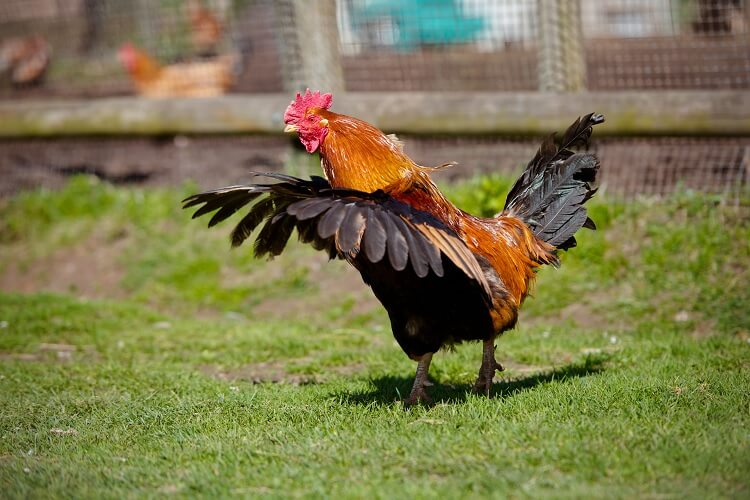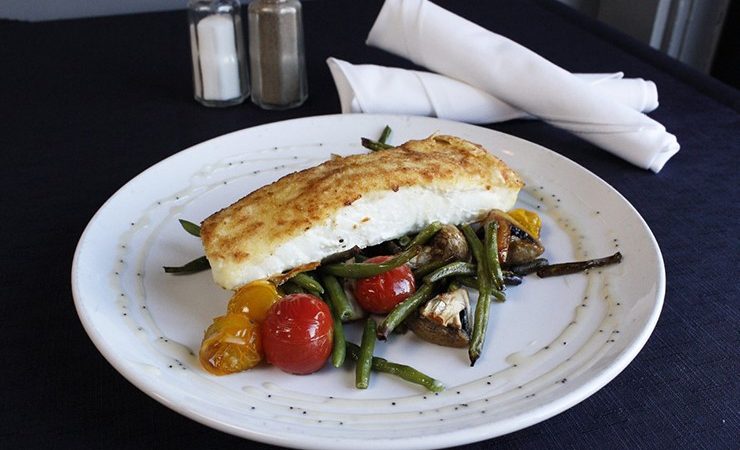“The Myth of Flight: Understanding the Aerial Abilities of Chickens”

Chickens, those familiar feathered companions of farms and backyard homesteads, are often associated with clucking, scratching, and pecking rather than soaring through the skies. The prevailing notion is that chickens are flightless birds, tethered to the ground by their plump bodies and short wings. However, delving deeper into the world of poultry reveals a more nuanced perspective on the aerial capabilities of these seemingly terrestrial creatures.
The Anatomy of Flightlessness:
At first glance, it’s evident that chickens are not built for traditional flight. Their stout bodies, robust bones, and relatively short wings set them apart from more adept fliers like eagles or sparrows. Unlike many birds capable of sustained flight, chickens have a high body mass, making them less buoyant and efficient in the air. The structure of their wings, adapted for short bursts of flight rather than extended gliding, further reinforces the idea that chickens are not designed for long-distance aerial travel.
Limited Flight Abilities:
While it’s true that chickens are not champion fliers, they are not entirely flightless either. Domesticated chicken breeds, such as the popular Rhode Island Red or the elegant Leghorn, retain vestiges of their wild ancestors’ flight abilities. Chickens can manage short flights, typically covering distances of a few feet or meters. This fleeting aerial prowess is often observed when chickens need to escape perceived threats, reach roosting spots, or navigate obstacles in their environment.
The Takeoff and Landing:
Understanding the mechanics of chicken flight provides insight into the limitations imposed by their anatomy. Chickens rely on powerful leg muscles to generate the initial force required for takeoff. A quick burst of energy is essential, and their wings play a crucial role in achieving lift. The wings, though not designed for sustained flight, provide enough lift to elevate the chicken momentarily. Once airborne, chickens use a combination of wing flaps and gliding to cover short distances. However, their flights are characterized by a lack of grace, often resembling a clumsy hop more than a smooth glide.
Chickens are also adept at landing, using their wings to slow down their descent and cushion the impact. Observing a chicken’s landing reveals a well-coordinated effort to touch down safely, employing both wings and legs to ensure a stable landing.
Wild Ancestors and Evolutionary Roots:
To comprehend the flight capabilities of chickens, it’s essential to trace their ancestry back to wild junglefowl, particularly the red junglefowl (Gallus gallus). These wild predecessors inhabited the dense forests of Southeast Asia and displayed more robust flight capabilities than their domesticated descendants. Flight was a crucial survival tool for navigating the complex and often perilous environments of the wild.
Through millennia of domestication and selective breeding, humans have shaped chickens to meet various needs, from egg production to meat quality. However, this domestication process has unintentionally led to a gradual reduction in the flight abilities of chickens. As traits related to flight became less essential for survival in captivity, they were gradually diminished through selective breeding.
The Role of Domestication:
Selective breeding practices have played a pivotal role in shaping the characteristics of domesticated chickens. As humans favored traits such as docility, egg production, and meat quality, the emphasis on flight became secondary. Breeds that exhibited less flightiness were often preferred, inadvertently leading to a reduction in the overall flight capabilities of the domesticated chicken population.
Moreover, the confinement of chickens in coops and enclosures further diminished the need for flight as a means of escape or navigation. With access to a stable food supply and protection from predators, the imperative for sustained flight gradually waned.
Conclusion:
While chickens may not be renowned for their airborne prowess, it is essential to dispel the notion that they are entirely flightless. Understanding the limited flight capabilities of chickens offers a glimpse into the evolutionary journey of these birds from their wild ancestors to the domesticated fowl we know today. From the mechanics of takeoff and landing to the impact of selective breeding, the aerial abilities of chickens are a fascinating aspect of their biology.
In our backyard coops and rural landscapes, chickens continue to exhibit glimpses of their ancient ability to take to the skies, even if only for short distances. Appreciating the nuanced nature of chicken flight adds depth to our understanding of these ubiquitous birds and fosters a greater appreciation for the rich tapestry of traits that define the diverse world of poultry.






